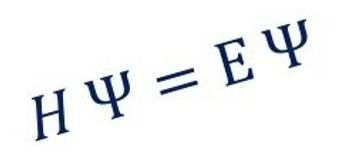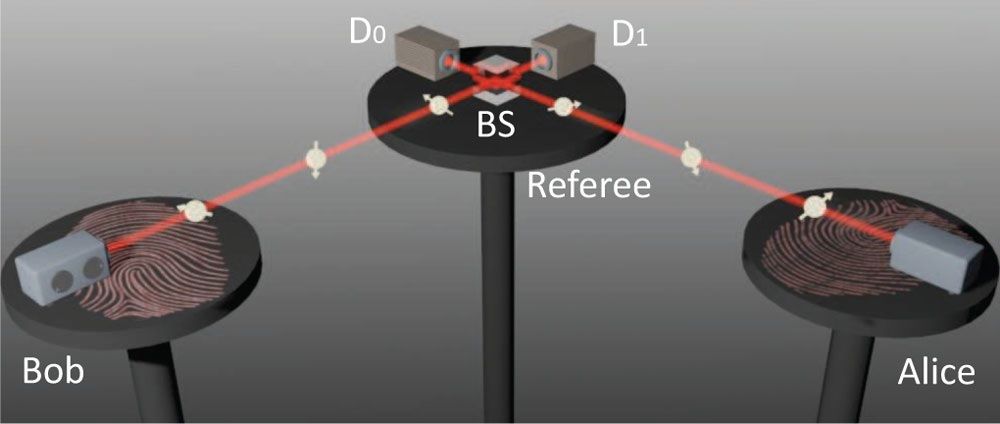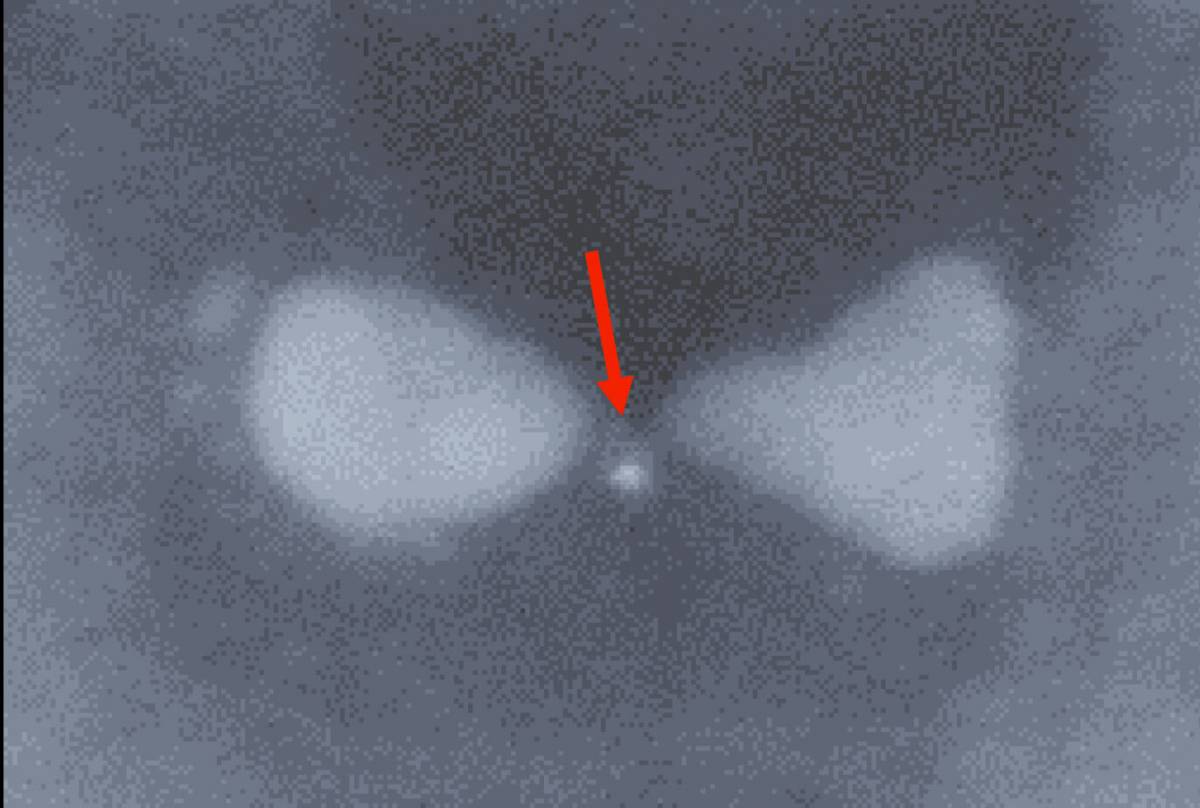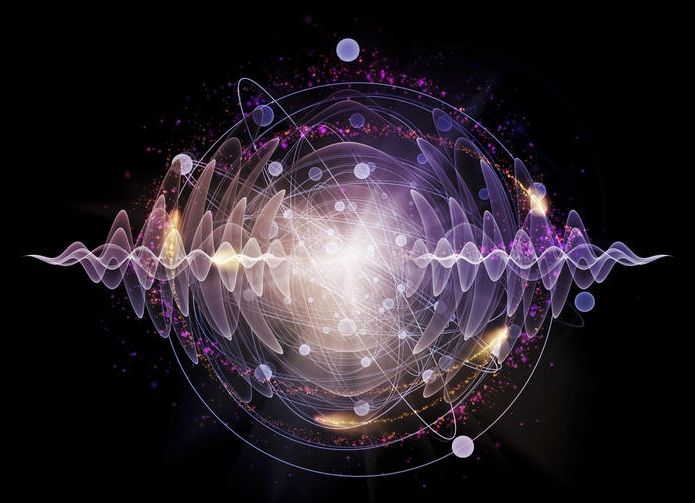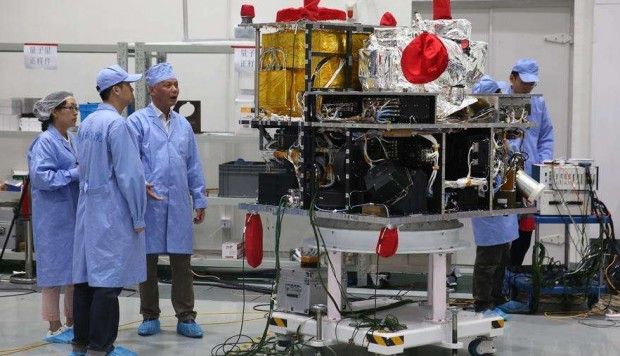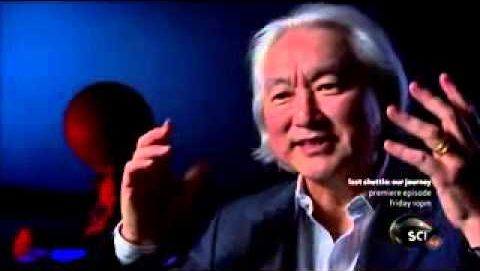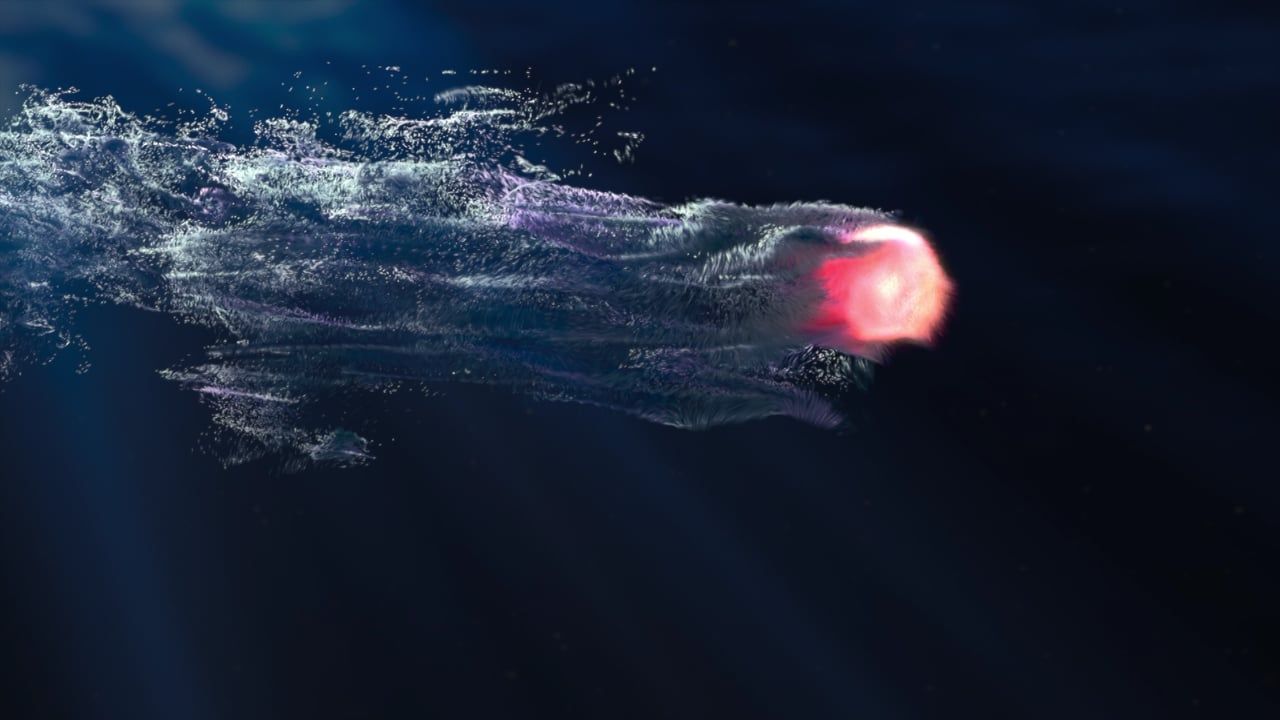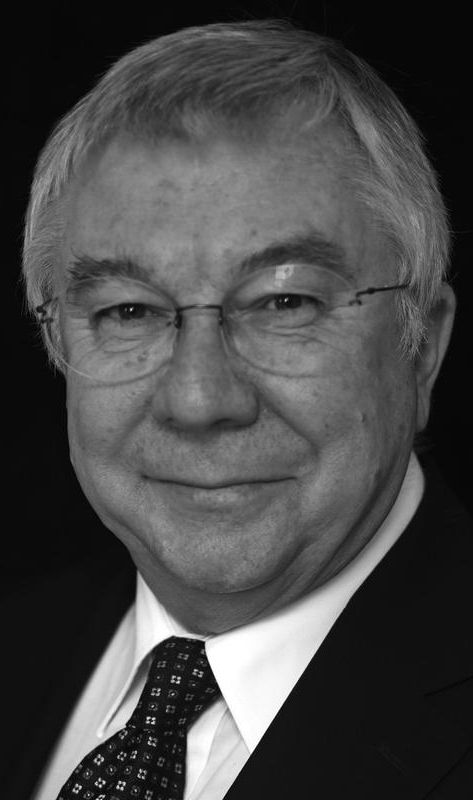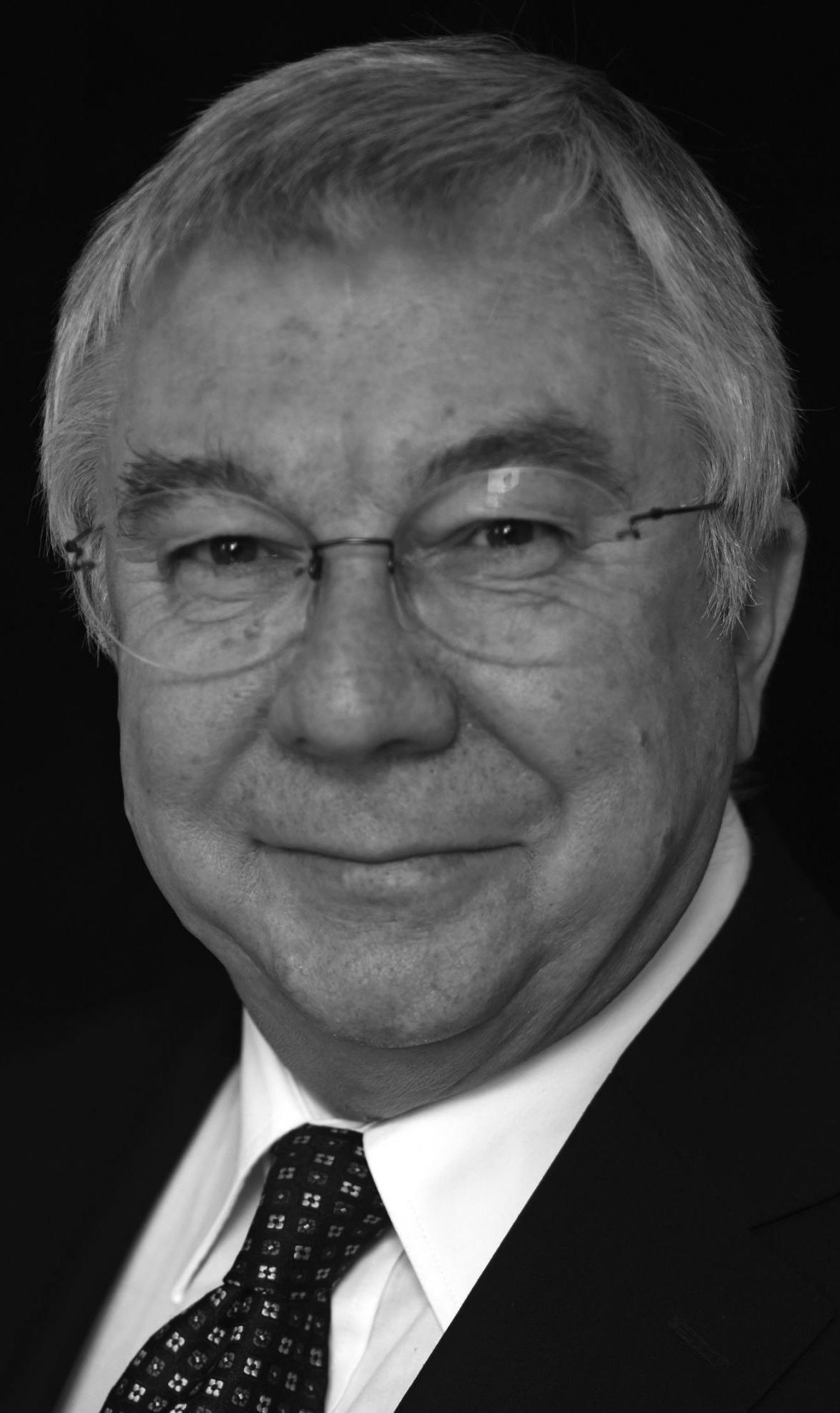Jul 6, 2016
Probing Quantum Phenomena in Tiny Transistors
Posted by Karen Hurst in categories: computing, nanotechnology, quantum physics
Nearly 1,000 times thinner than a human hair, nanowires can only be understood with quantum mechanics. Using quantum models, physicists from Michigan Technological University have figured out what drives the efficiency of a silicon-germanium (Si-Ge) core-shell nanowire transistor.
Core-Shell Nanowires
The study, published last week in Nano Letters, focuses on the quantum tunneling in a core-shell nanowire structure. Ranjit Pati, a professor of physics at Michigan Tech, led the work along with his graduate students Kamal Dhungana and Meghnath Jaishi.
Continue reading “Probing Quantum Phenomena in Tiny Transistors” »
